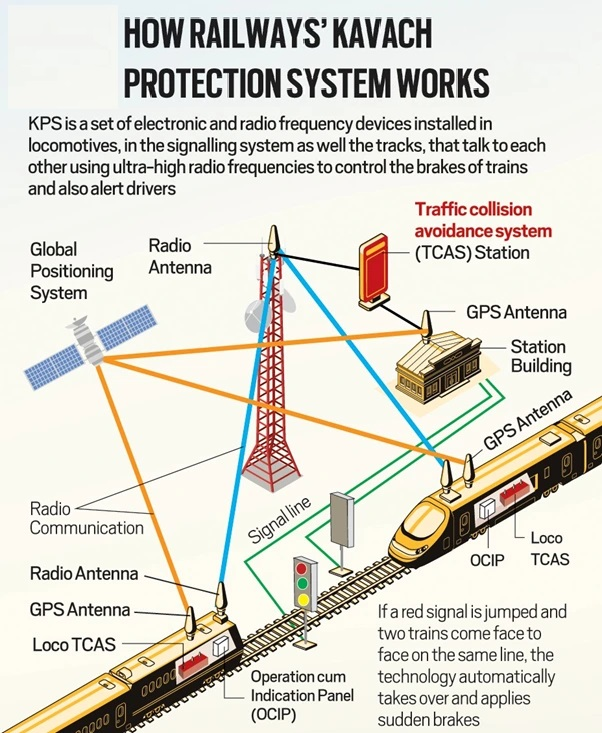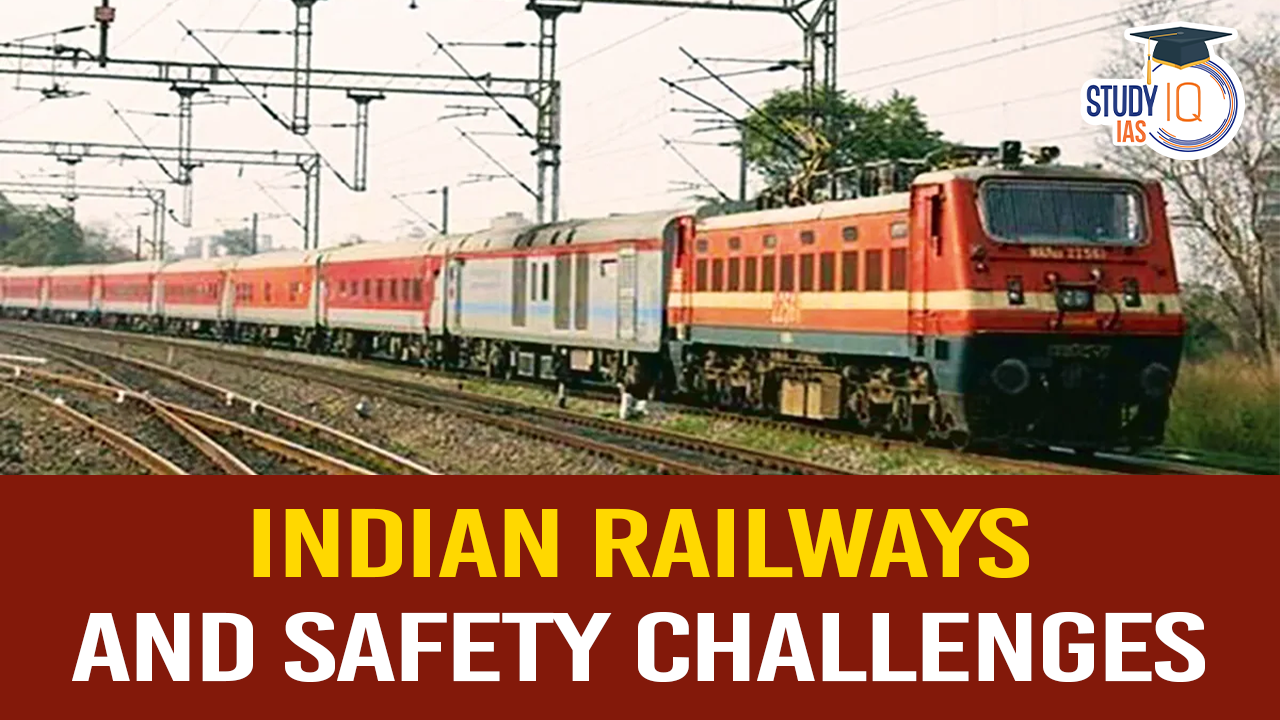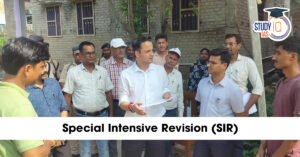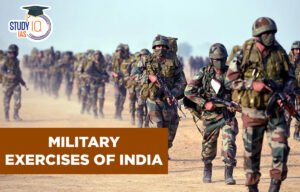Table of Contents
Context
- A tragic accident involving the GFCJ container train and the 13174 Agartala-Sealdah Kanchanjunga Express resulted in 11 deaths and approximately 40 injuries.
- A statutory inquiry by the Commissioner of Railway Safety (CRS) is underway to determine the cause and responsibility.
Concerns related to Indian Railways
- Safety Record and Investments:
- Indian Railways’ safety record has improved due to measures like closing unmanned level crossings and track maintenance
- Modern systems make a zero-fatality record attainable, which should be the target for Indian Railways.
- The Union government allocated nearly 25% of its total capex to railways
- Lack of resources is no longer a valid excuse for safety issues.
- Protocol Ambiguities: Differing views on protocols for Automatic signal failure have emerged, with the Commissioner of Railway Safety (CRS) criticising poorly drafted rules leading to ambiguity.
- Inquiry and Blame Assignment:
- A statutory inquiry by the Commissioner of Railway Safety (CRS) is underway
- Lower-level functionaries (crew, station master, signal maintainer) are likely to be held responsible
- This pattern of blame assignment repeats with each serious accident
- Information Management and Communication Issues:
- The Chairperson of the Railway Board prematurely declared the cause and incorrectly stated both crew members had died
- The assistant loco pilot actually survived
- Systemic Issues:
- The enquiry should investigate whether the accident was an aberration or if similar near misses are common in the affected section, indicating a management failure.
- Lack of AI-enabled applications for safety post-mortems and actionable alerts
- Kavach Implementation;
- The slow rollout of Kavach, an Indigenous signalling system
- Limited capacity in supporting industry cited as a reason
- Kavach was chosen over the European ETCS Level II system after trials on 1,400 km of Southern Central Railway
- Slow execution indicates a lack of focus on safety works
- Staffing and Vacancies:
- Indian Railways is overstaffed but has critical vacancies in safety-sensitive categories.
- There are nearly 20,000 vacancies for loco pilots/assistant loco pilots, but only 5,658 positions were initially announced for recruitment. After the accident, this was revised to 18,799 positions.
Check here: Train Accidents in India
What is Kavach?
The KAVACH is an indigenously developed Automatic Train Protection (ATP) system by the Research Design and Standards Organisation (RDSO) in collaboration with three Indian vendors. It is a state-of-the-art electronic system with Safety Integrity Level-4 (SIL-4) standards.

| What is RDSO? |
|
Salient Features of Kavach
- Kavach is a National Automatic Train Protection (ATP) system.
- It is intended to provide protection by prohibiting the trains from passing the signal at Red, which denotes danger and avoiding collision between two locomotives equipped with functional Kavach systems.
- It automatically activates the train braking system if the driver doesn’t maintain control of the train within the speed limit.
- During emergencies, the system also relays SoS messages.
- Additionally, the hooter sounds on its own when a level crossing is approaching, which is a huge help to loco pilots in foggy weather when visibility is low.
- ‘Kavach’ is one of the cheapest, SIL4 certified technologies where the probability of error is 1 in 10,000 years.
How Does Kavach Work?
- It works on the principle of continuous update of movement activity.
- The Traffic collision avoidance system (TCAS), with the help of equipment on board the locomotive and transmission towers at stations connected with Radio Frequency Identification (RFID) tags, helps in two-way communication between the station master and loco pilot to convey any emergency message.
- The loco pilot is assisted by the instrument panel inside the cabin in learning about the signal ahead of time without visual sighting and the permitted speeds to be maintained.
| RFID Tags |
| RFID tags are a type of tracking system that uses radio frequency to search, identify, track, and communicate with items and people. |
Suggestions for Indian Railways Safety
- Install ETCS Level II in some sections while Kavach matures.
- Prioritise the implementation of Kavach in Automatic Signalling territories.
- Faster installation in locomotives and trains ahead of ground installations.
- Focus on trunk routes and Automatic Signalling territories.
- Aim for a 4,000 to 5,000 km/year installation rate.
- Indian Railways should use AI to analyse digital data from station data loggers and microprocessors to improve safety post mortems and provide actionable alerts.
- The enquiry report should address managerial issues to chart a path toward safe, accident-free Indian Railways.


 World Population Day 2025, Themes, Histo...
World Population Day 2025, Themes, Histo...
 Special Intensive Revision (SIR) in Biha...
Special Intensive Revision (SIR) in Biha...
 List of Military Exercises of India 2024...
List of Military Exercises of India 2024...





















